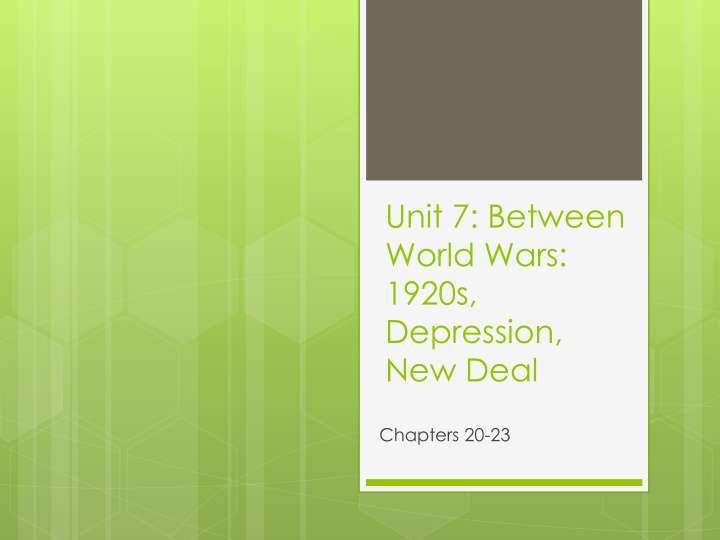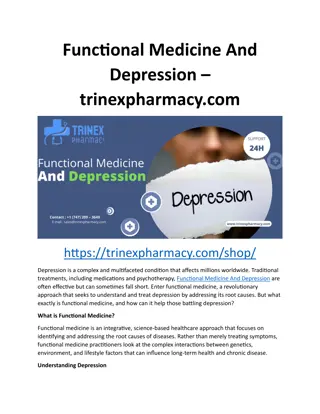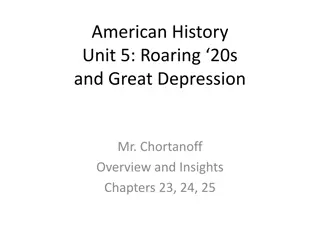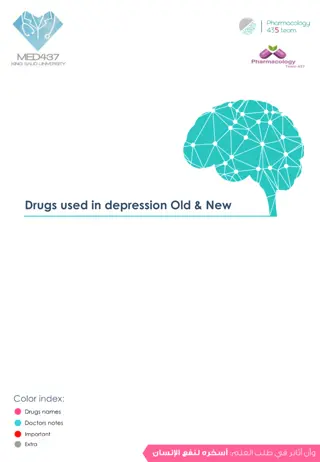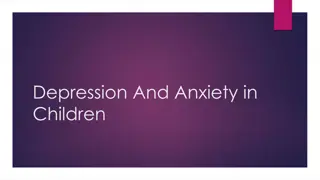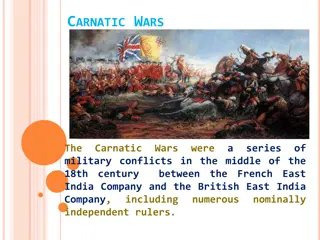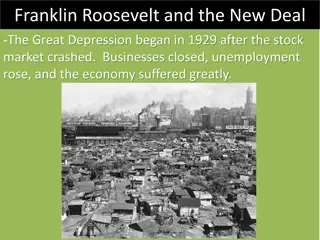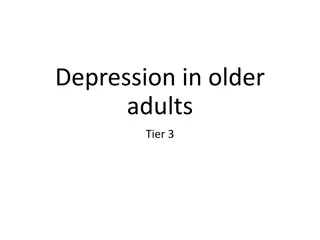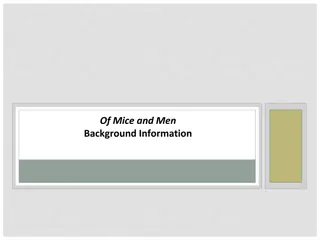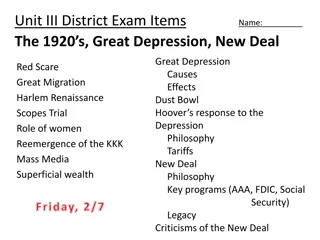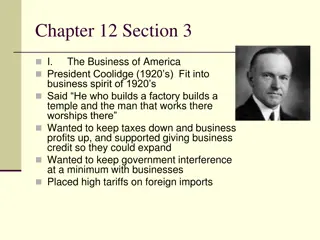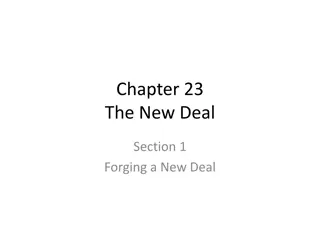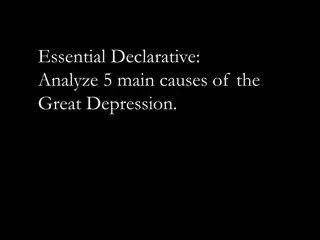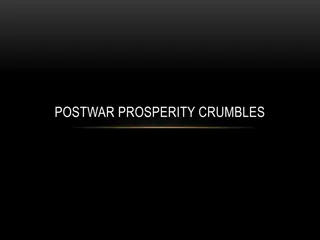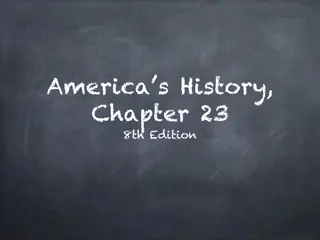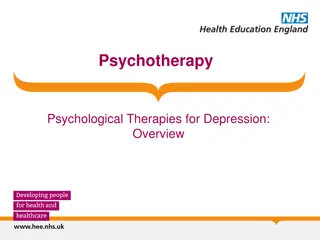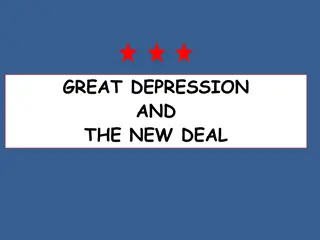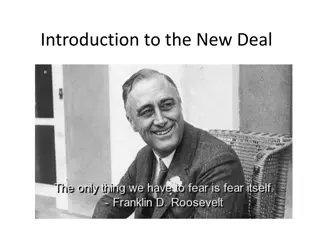Between World Wars: 1920s, Depression, New Deal Recap
Exploring the turbulent era between the World Wars, this recap covers the societal shifts of the Roaring 20s, Red Scare fears, new media outlets, causes of the Great Depression, and its impactful aftermath including unemployment, financial collapse, and political unrest.
Download Presentation

Please find below an Image/Link to download the presentation.
The content on the website is provided AS IS for your information and personal use only. It may not be sold, licensed, or shared on other websites without obtaining consent from the author.If you encounter any issues during the download, it is possible that the publisher has removed the file from their server.
You are allowed to download the files provided on this website for personal or commercial use, subject to the condition that they are used lawfully. All files are the property of their respective owners.
The content on the website is provided AS IS for your information and personal use only. It may not be sold, licensed, or shared on other websites without obtaining consent from the author.
E N D
Presentation Transcript
Unit 7: Between World Wars: 1920s, Depression, New Deal Chapters 20-23
I. Changing Lifestyles Challenges to traditional values Roaring 20s: New ideas regarding social roles Traditional religion: Darwin s Theory, the Scopes Trial Traditional role of women: Flappers, 19th Amendment Open immigration: Rise of new Ku Klux Klan (KKK) Prohibition: Smuggling alcohol and speakeasies 18thAmendment
Red Scare: Fear of Socialists & Anarchists Mitchell Palmer, Sacco & Vanzetti Harlem Renaissance Duke Ellington & Langston Hughes Nativism: Fear of immigrants Immigration Act of 1924 Free-enterprise system returns Washington Conference (1921 1922) and the Kellogg-Briand Pact (1928) were efforts to maintain peace through international agreements
II. New Media Outlets Radio: Broadcast jazz and Fireside Chats Movies: Provided escape from Depression-era realities Newspapers and magazines: Shaped cultural norms and sparked fads
III. Great Depression Causes of the stock market crash of 1929 Business was booming, but investments were made with borrowed money (over- speculation). There was excessive expansion of credit. Business failures led to bankruptcies. Bank deposits were invested in the market. When the market collapsed, the banks ran out of money.
Causes of the Great Depression The stock market crash of 1929 and collapse of stock prices Federal Reserve s failure to prevent widespread collapse of the nation s banking system in the late 1920s and early 1930s, leading to severe contraction in the nation s supply of money in circulation High protective tariffs that produced retaliatory tariffs in other countries, strangling world trade (Tariff Act of 1930, popularly called the Hawley-Smoot Act)
Impact of the Great Depression Unemployment and homelessness Collapse of financial system (bank closings) Decline in demand for goods Political unrest (growing militancy of labor unions) Farm foreclosures and migration
IV. New Deal New Deal (Franklin Roosevelt) This program changed the role of the government to a more active participant in solving problems. Roosevelt rallied a frightened nation in which one in four workers was unemployed. ( We have nothing to fear, but fear itself. ) Relief measures provided direct payment to people for immediate help (Works Progress Administration WPA).
Recovery programs were designed to bring the nation out of the depression over time (Agricultural Adjustment Administration AAA). Reform measures corrected unsound banking and investment practices (Federal Deposit Insurance Corporation FDIC). Social Security Act offered safeguards for workers. Wagner Act allowed for collective bargaining TVA Federal program to meet regional needs (prevent Dust Bowl)
V. Impact of New Deal The legacy of the New Deal influenced the public s belief in the responsibility of government to deliver public services, to intervene in the economy, and to act in ways that promote the general welfare. Women & minorities largely ignored Court packing scandal
